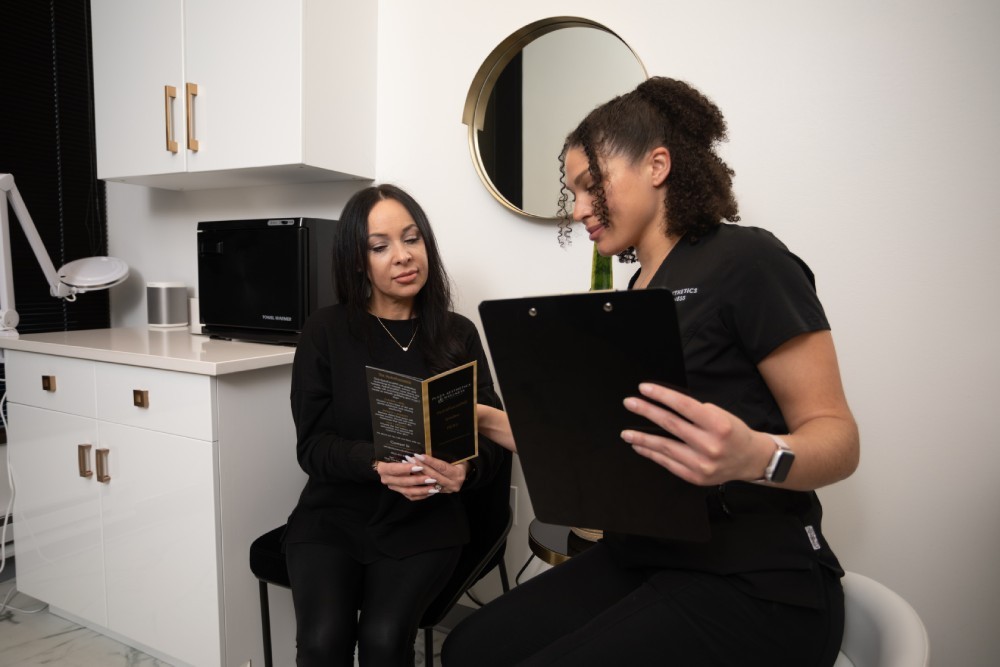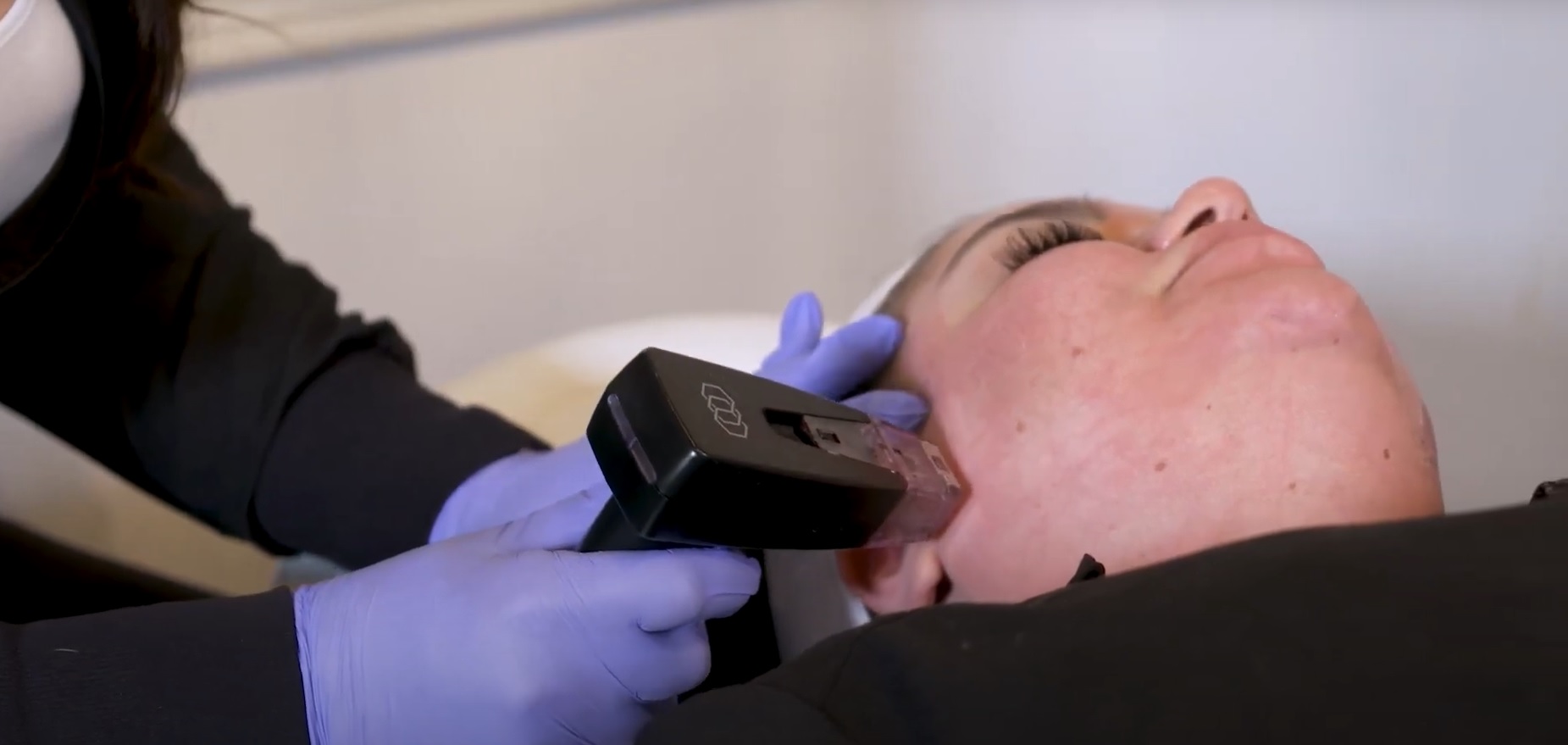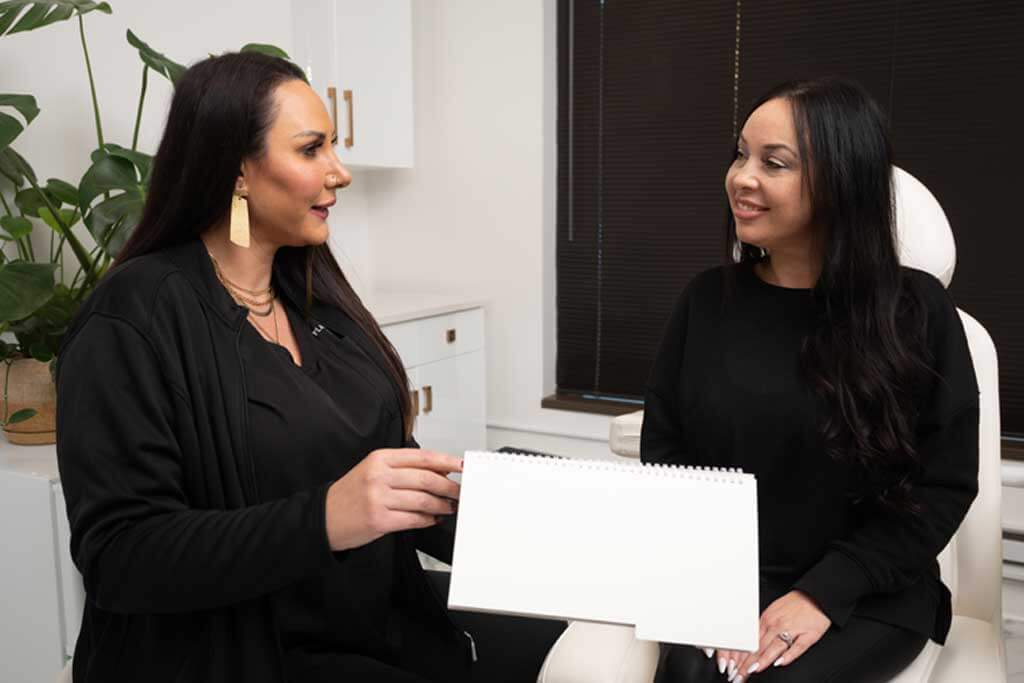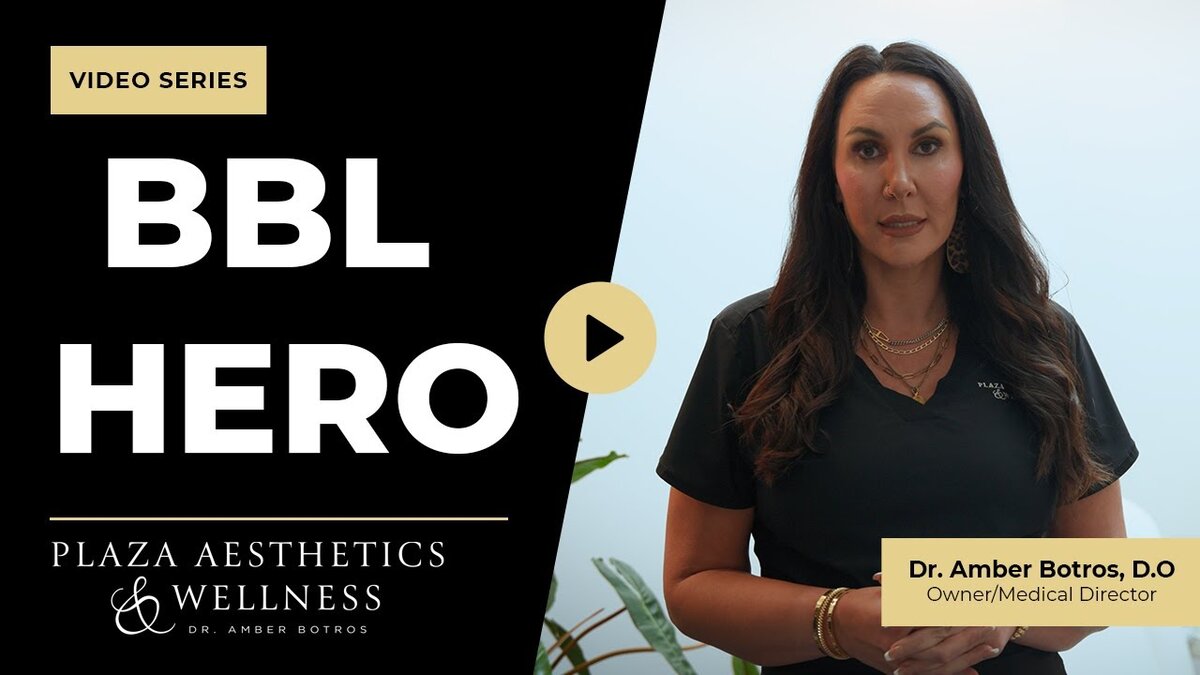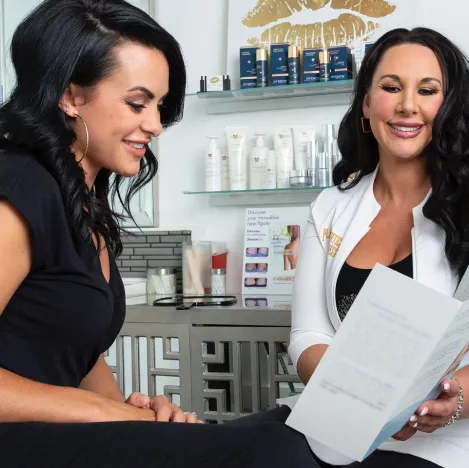Botox has revolutionized the field of cosmetic and medical treatments, offering solutions to a wide range of facial concerns. But exactly which areas of the face can be treated with Botox?
Here, we will explore the most common areas of the face that can benefit from Botox, the importance of professional consultation, and some non-aesthetic uses that might surprise you.
Common Areas for Botox Treatment
Glabella (Frown Lines)
The glabella, or the area between the eyebrows, is the most common site treated with Botox. This area often develops vertical lines known as frown lines or scowl lines. These lines can make a person look perpetually angry or stressed, but Botox can effectively smooth them out, providing a more relaxed and youthful appearance.
Forehead
Forehead lines are the second most common area for Botox treatment. Horizontal lines across the forehead are a natural part of aging but can become more pronounced with time. Botox helps to relax these muscles, reducing the appearance of lines and creating a smoother forehead.
Crow’s Feet (Around the Eyes)
Crow’s feet are the fine lines that form at the outer corners of the eyes. These lines are often associated with smiling or squinting. Botox can treat crow’s feet by relaxing the muscles around the eyes, resulting in a more youthful and refreshed look.
Bunny Lines (Nasalis)
Bunny lines appear on the sides of the nose when you scrunch it up, often during smiling or laughing. Botox can be injected into the nasalis muscle to soften these lines, providing a smoother nasal area.
Smoker’s Lines (Above the Lip)
Smoker’s lines, or vertical lines above the upper lip, can affect both smokers and non-smokers. Botox can help minimize these lines, giving the lips a smoother and more youthful appearance.
Marionette Lines
Marionette lines run from the corners of the mouth down to the chin, often creating a sagging or frowning appearance. Botox can lift and smooth these lines, improving the overall look of the lower face.
Neck Bands (Platysma)
The neck can also benefit from Botox treatment, specifically the platysma bands, which can become more pronounced with age. Botox helps to relax these bands, resulting in a smoother and more youthful neck.
Masseter (Jawline)
The masseter muscle, located at the jaw, can be treated with Botox to achieve a slimmer facial profile. This treatment is also beneficial for patients who grind their teeth or suffer from temporomandibular joint (TMJ) dysfunction, as it can alleviate discomfort.
Mentalis (Chin)
Chin dimpling or “chin cellulite” can be smoothed out with Botox. Treating the mentalis muscle can create a more even and aesthetically pleasing chin.
FDA Approval and Common Concerns
The glabella was the first area to receive FDA approval for Botox treatment, making it the most common area of concern for many patients. The forehead and crow’s feet are also frequently treated and widely accepted. However, every patient’s concerns can vary, with some focusing solely on areas like the lower face or chin.
Variability in Patient Concerns
Patient concerns with facial aesthetics can be quite diverse. While some patients may focus on their forehead or crow’s feet, others might be more concerned with areas like their chin or lower face. This variability highlights the importance of personalized consultations to address each patient’s unique needs and expectations.
Non-Aesthetic Uses of Botox
Botox is not only used for cosmetic purposes but also for several medical conditions. These non-aesthetic uses include:
- Hyperhidrosis: Botox can effectively treat excessive sweating.
- Migraines: It has been approved for the treatment of chronic migraines.
- Muscle Spasms: Particularly in the shoulders and trapezius muscles.
- Contractures: Initially, Botox was used to treat muscle contractures in conditions like cerebral palsy.
Potential Misconceptions about Botox
New patients often have misconceptions about what Botox can and cannot do. Some might expect Botox to treat issues like nasolabial folds or sagging skin, which are better addressed with other treatments. It’s crucial to understand the limitations of Botox and to have realistic expectations.
Importance of Professional Consultation
Choosing a highly trained and experienced professional for your Botox treatment is essential. A skilled injector can accurately assess your concerns and recommend the best treatment plan. This ensures that you receive the most effective and natural-looking results, tailored to your unique facial structure and needs.
In Summary
Understanding which areas of the face can be treated with Botox is the first step towards achieving your aesthetic goals. From the glabella to the neck, Botox offers versatile solutions for a variety of concerns. However, professional consultation and realistic expectations are key to a successful treatment experience. For personalized advice and to explore your options, contact us today.



